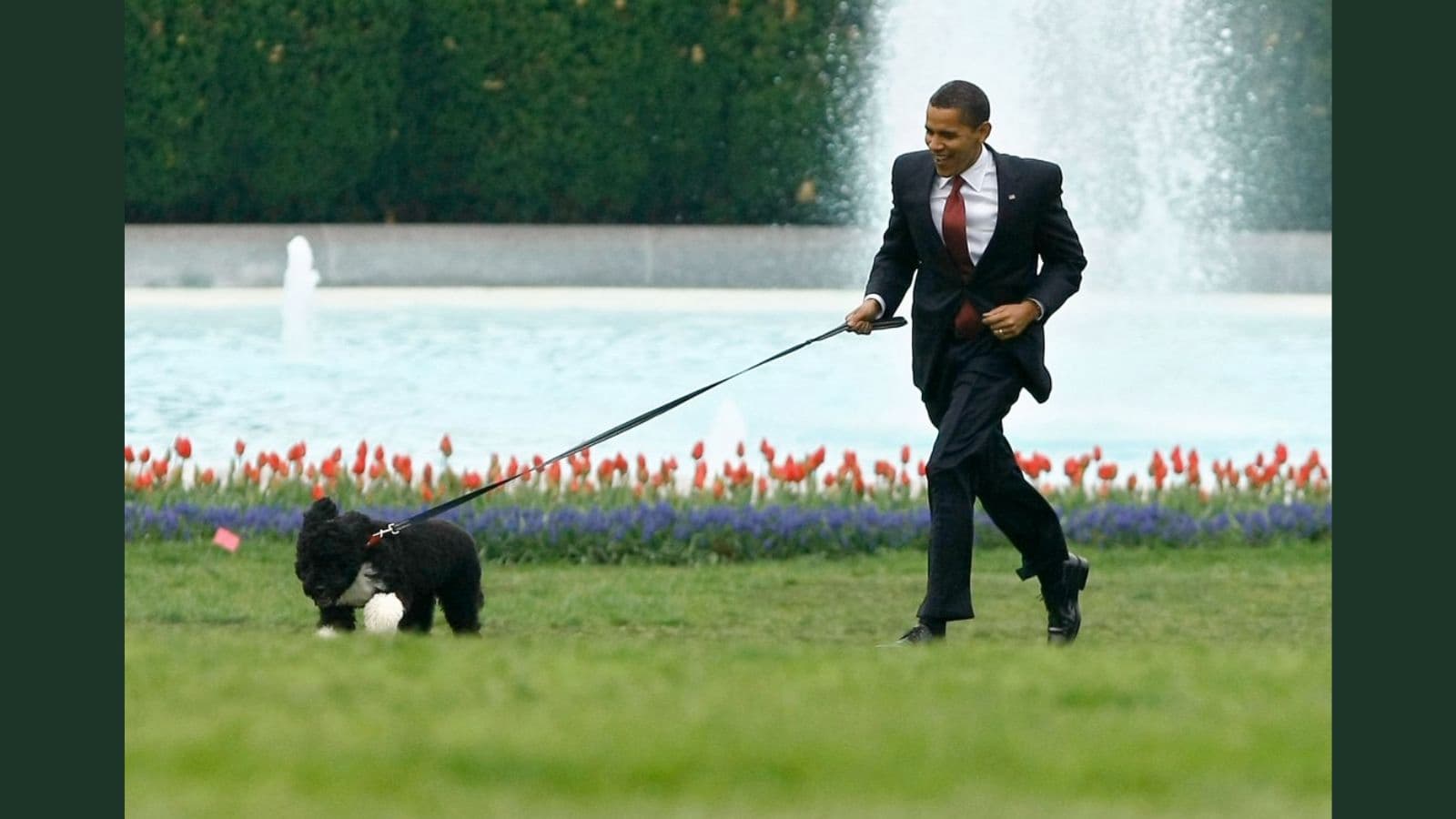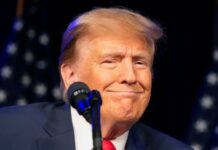Dogs at White House: Before, during, or after their presidency, two-thirds of all presidents have owned a dog.
Presidential dogs have played a variety of roles in the lives of those who have obtained the highest elected office in the United States for more than two centuries. Commander, Joe Biden’s German shepherd, made headlines recently when he bit a Secret Service agent, the dog’s eleventh documented incident of biting.
Dogs at White House: Companions in Presidential History
According to the White House Historical Association, “many chief executives were simply lifelong dog lovers; some have used dogs to humanize themselves; and others have used their beloved pets to deflect scandal or negative press.”
Calvin Coolidge stated, “Any man who doesn’t like dogs does not deserve to be in the White House.” According to his own axiom, Silent Cal was unquestionably qualified to be president, as he had more canines than every other president except for one: George Washington.
The Founding Father had a genuine affection for canines. As an ardent hunter, Washington kept kennels for his hounds at Mount Vernon. He was also a genetics student and a breeder. According to “First Dogs” by Roy Rowan and Brooke Janis, he created the American foxhound by crossing seven large stag hounds given to him by the Marquis de Layfette with his own smaller black-and-tan Virginia hounds.
Washington listed more than 30 canines by name in his journal, including Tipsy, Tipler, Cloe, Venus, True Love, and Drunkard. In 1774, he brought his beloved horse, Sweet Lips, to the First Continental Congress. Washington assiduously cared for his canine companions by visiting the kennels twice per day.
While other Founding Fathers owned dogs, they did not share Washington’s affection for them.
Near the conclusion of his presidency in 1800, John and Abigail Adams became the first residents of the White House. Adams brought a mutt named Satan to the White House just weeks before losing his reelection campaign to Thomas Jefferson. Jefferson learnt about the Briard ancestry while in France. He brought a number of puppies to Monticello to defend his sheep from marauding hounds. According to one account, Jefferson advocated that all dogs wear collars with their owners’ names… he may have been the inventor of dog licenses.
As the 19th century progressed, public interest in presidential canines increased.
During the 1840 election, “man’s best friend” became an integral part of Whig Party nominee William Henry Harrison’s campaign literature. In one print, he is depicted greeting electors with his faithful dog by his side, while in another, a pack of Whig hunting hounds pursues Harrison’s opponent, the fox Van Buren.
James Buchanan may have popularized the Newfoundland dog breed in America. His dog Lara weighed 170 pounds and slept next to the president at the White House, assuming the role of his personal protector as befitting her breed. Visitors frequently remarked that she appeared to slumber with one eye open, according to Andrew Hager’s “All-American Dogs.”
Abraham Lincoln had a very special four-legged friend prior to moving into the White House. His name was Fido, and he left a legacy almost as distinguished as the sixteenth president. Lincoln allowed him unrestricted access to their residence in Springfield, Illinois, and he frequently accompanied him to his law office. Fido did not travel to Washington with the Lincoln family, however, out of concern for the chaotic atmosphere at the White House.

Beginning in the 20th century, the majority of chief executives kept at least one dog in the White House.
Teddy Roosevelt owned more animals than any other president. Pete, a bull terrier, was the most notorious of the numerous dogs he owned. Roosevelt made excuses for his bad conduct, which included biting staff members, a naval officer, and cabinet officials, until one incident nearly caused a global catastrophe. Mike Clark wrote on DogTime that “when the French Ambassador was visiting the White House, Pete chased him and ripped the bottom of his pants off.” The dog was exiled to the family residence in Sagamore Hill, New York.
Laddie Boy, the Airedale terrier belonging to Warren and Florence Harding, was the first celebrity presidential dog. He attended cabinet meetings, where he had his own special chair, golf outings, and numerous events with the first lady. Critics asserted that Harding used Laddie Boy to make up for his own shortcomings as president.
Of the 12 canines that Calvin and Grace Coolidge had during their tenure, their favorite was likely Rob Roy, a white collie named after a popular cocktail during Prohibition. He routinely shared the couple’s chamber and ate with the family. He appeared alongside the first lady in her official White House portrait.
Herbert Hoover owes his election to the presidency in significant part to his Belgian police dog named King Tut. During the campaign, voters perceived Hoover as unyielding and unfeeling. To improve his reputation, his managers extensively disseminated a photograph of him with King Tut. In March 1929, the Hoover family, along with King Tut, moved into the White House.
Since then, there have been numerous other notable first canines, including the following:
Fala, FDR’s Scottish terrier, accompanied him everywhere he went.
• Nikita Khrushchev presented John F. Kennedy with a puppy named Pushinka, whose mother was among the first canines to travel into space.
• Checkers, Richard Nixon’s cocker spaniel, was the hero of his televised denial of campaign finance irregularities.
Since the beginning of the republic, canines have been a part of the families of the majority of presidents, as they are in many American households. Regarding Biden’s Commander, first lady Jill Biden stated that the family is addressing the matter.




